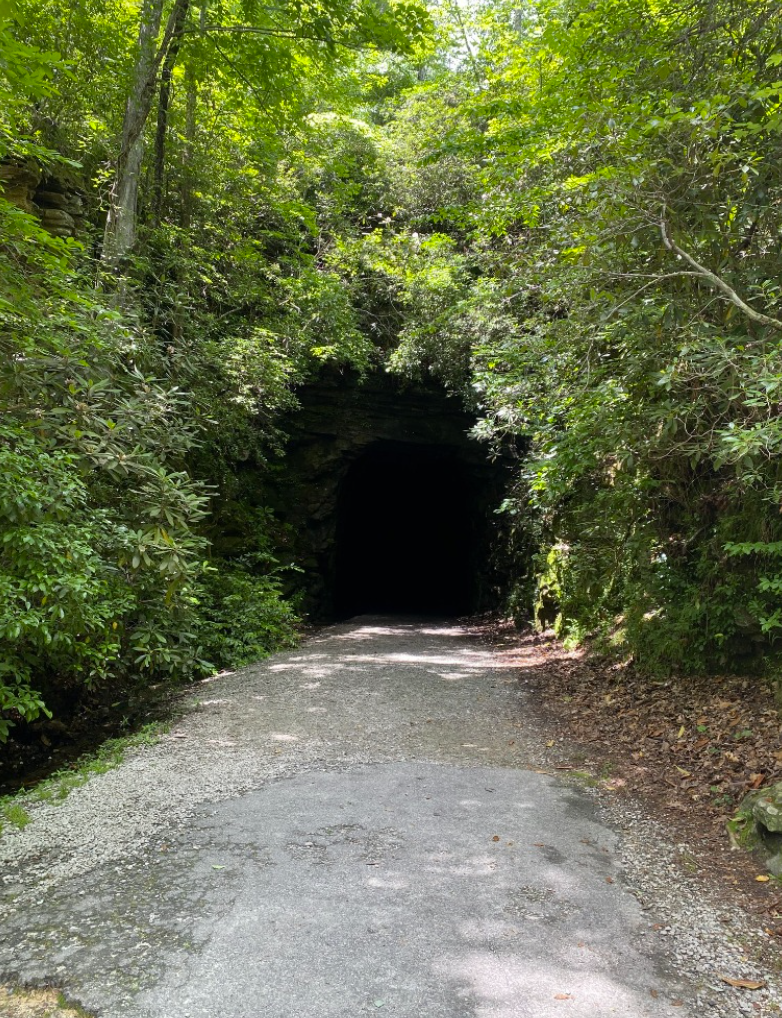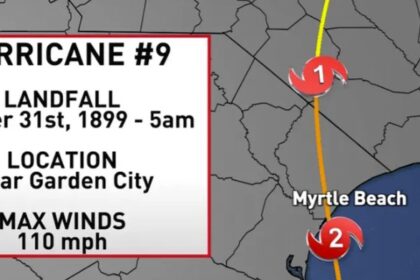Stumphouse Mountain Tunnel in Oconee County, South Carolina, is an incomplete tunnel for the Blue Ridge Railroad of South Carolina in Sumter National Forest. The tunnel was first proposed in 1835 by residents of Charleston, South Carolina, as a new and shorter route for the Blue Ridge Railroad between Charleston and the Ohio River valley area, which until then was only accessible by bypassing the mountains entirely to the South and then traveling up north through Georgia and middle Tennessee.
In 1852, 13 miles of tunnel were proposed to cross the Blue Ridge Mountains through South Carolina, North Carolina, and into Tennessee. For the most part, construction was successful across South Carolina until it hit the mountains around Walhalla. Construction of the Stumphouse Tunnel began in 1856 when the George Collyer Company of London brought many Irish workers into the area for this project.

Stumphouse Tunnel was the westernmost tunnel of the three; Middle Tunnel was ½ mile SE, and Saddle Tunnel was 1-¾ miles NE. The longest section of this tunnel is 1,600 feet long. Approximately 1,500 Irish miners who lived in the Tunnel Hill village, located atop the mountain, cut through blue granite using hand drills, hammers, and chisels. The town had a schoolhouse, a Catholic church, a post office, and several saloons with a bad reputation for being violent, and mining-related deaths were common. Another report stated that up to ten miners lost their lives inside the tunnel.
By 1859, over one million dollars had been spent on construction, and South Carolina’s legislature refused to fund the project further.
Plans to revitalize the project in 1875, 1900, and 1940 failed. Clemson University purchased the tunnel in 1951 and cured blue cheese inside until the 1970s. In January 2007, a Florida developer attempted to acquire the land, but locals rallied against the effort with overwhelming support.
Today, Stumphouse Tunnel comprises forty acres of land, camping areas, picnic shelters, and Issaqueena Falls.
Written By: John G. Clark Jr.
Images By: John G. Clark Jr.


